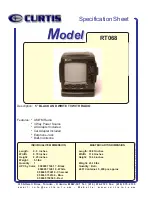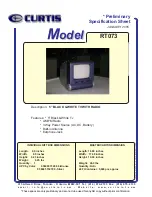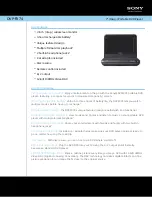
NI PXI-5650/5651/5652 Calibration Procedure
|
© National Instruments
|
5
Test Conditions
The following setup and environmental conditions are required to ensure the PXI-5650/5651/
5652 meets published specifications.
•
Keep cabling as short as possible. Long cables and wires act as antennas, picking up extra
noise that can affect measurements.
•
Verify that all connections, including front panel connections and screws, are secure.
•
Ensure that the PXI Express chassis fan speed is set to HIGH, that the fan filters, if present,
are clean, and that the empty slots contain filler panels. For more information about
cooling, refer to the
Maintain Forced-Air Cooling Note to Users
document available at
ni.com/manuals
.
•
Keep relative humidity between 10% and 90%, noncondensing.
•
Maintain an ambient temperature of 23 °C ±5 °C.
•
Allow a warm-up time of at least 30 minutes after the chassis is powered on. The warm-up
time ensures that the PXI-5650/5651/5652 is at a stable operating temperature.
•
In each verification procedure, insert a delay between configuring all devices and acquiring
the measurement. This delay may need to be adjusted depending on the instruments used
but should always be at least 1,000 ms for the first iteration and 100 ms for each subsequent
frequency iteration.
Calibration Procedures
The calibration process includes the following steps:
1.
—Install the device and configure it in Measurement & Automation Explorer
(MAX).
2.
—Verify the existing operation of the device. This step confirms whether the
device is operating within its specified range prior to adjustment.
3.
—Perform an external adjustment of the device that adjusts the calibration
constants of the device.
4.
Reverification
—Repeat the verification procedure to ensure that the device is operating
within its specifications after adjustment.
Perform a complete calibration to guarantee successful adjustment and performance of the
PXI-5650/5651/5652 for a one-year calibration interval.






































